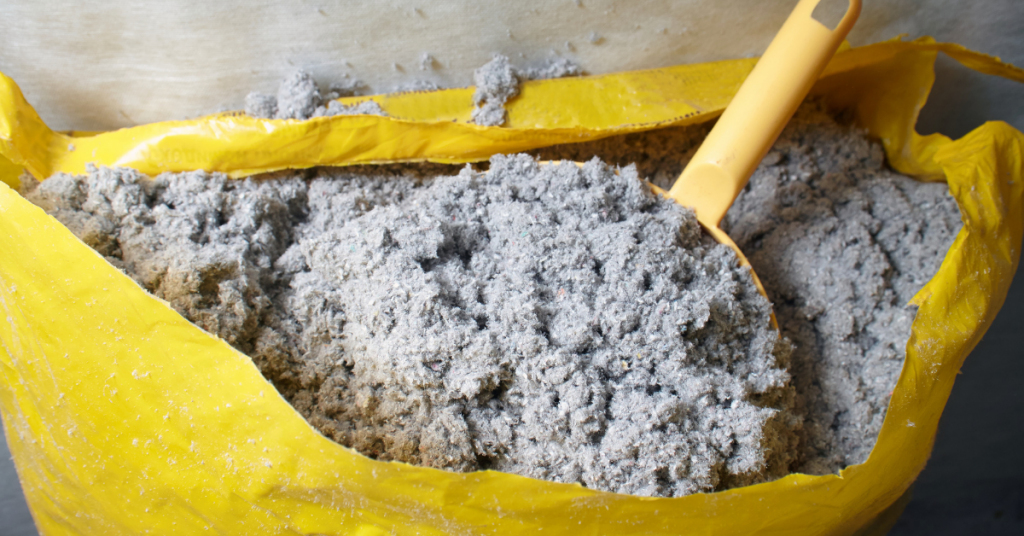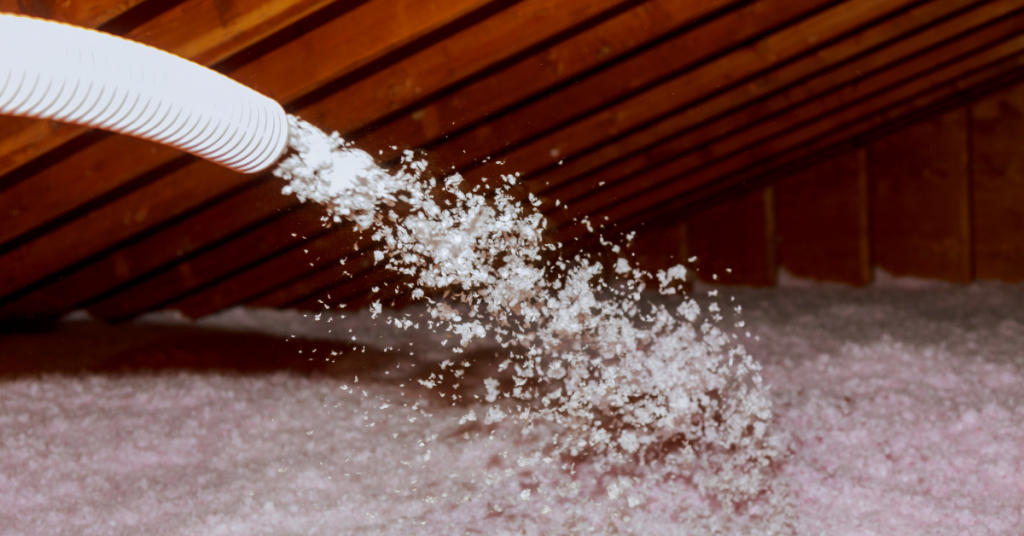It’s often a battle between indoor and outdoor weather, and one key thing you can do to win is to effectively insulate your attic. Without that, even the best HVAC system can struggle to control the indoor temperature if what’s outside fluctuates wildly (as Texas is known to do!). It’s not just a matter of comfort, either – poor insulation can result in air leaks that let in mold, mildew, dirt, and dust.
Efficient Home Solutions offers expert insulation services, proven to save you money as well as keep your family comfortable. Today we’ll look at your two main options, fiberglass, and cellulose. Both provide efficient insulation and produce the necessary level of resistance to heat flow, measured by R-value. Each has different characteristics that make them appealing choices. So let’s take a look.
Considering Cellulose
Cellulose is typically considered more fire-safe by professionals. It consists of recycled newspapers, magazines, and cardboard along with artificial chemicals to help it all bond together. This heavier material does mean additional weight on your drywall. When “blown-in,” it can be very good at getting into hard-to-reach areas and tight corners.
Cellulose is often an attractive choice for those looking for eco-friendly options. Many refer to it as “green fiber” due to its being 80% post-consumer recycled newsprint. It also does a great job of resisting insects and rodents for the first few years when the chemicals in it are the strongest. Additionally, it’s good at providing soundproofing. The same chemicals in cellulose that keep insects and rodents away can sometimes cause adverse effects to humans.
The Case for Fiberglass
Fiberglass is the most common form of insulation, being used in about 85% of homes in the United States. It can be slightly less effective in extremely cold conditions, which outside of last February is pretty rare in North Texas. One of the reasons for its popularity is that fiberglass is comparatively more cost-effective to install, as well as easier. In fact, if you’re a decent enough handyman, you might even consider it a DIY project.
As you might expect, it’s also quicker to install. You might not expect that as well as being cost-effective, it’s also effective in general: as long as it’s not damaged, fiberglass can last 80 to 100 years before needing to be replaced! After 15-20 years though, we’d still recommend an inspection or home energy audit to be on the safe side.
Any Other Options?
While these two are the best-known choices, you do have a few others. The most common alternates are mineral wool, polyurethane foam, and polystyrene – and they all come with their own concerns. Mineral wool doesn’t include additives to make it fire-resistant, which can be problematic due to Texas’ frequent extreme heat; polyurethane foam is good at sound blocking but can be prohibitively expensive, and polystyrene has been found to have health and environmental risks.
Expert Advice and Installation
Both cellulose and fiberglass have benefits, and at Efficient Home Solutions, we’d give the nod to fiberglass. Based on our experience, it’s longer-lasting and will protect your home for many years. Whether you have it done during the building process or need us to add insulation later, it will keep your indoor temperature more comfortable and consistent. We’re always happy to help, so contact us with your questions and we’ll help you figure out the best way to get your home insulated.







